摘要
加州伯克利大学自2011年起启用了python作为CS61a这一课程的主要编程语言,课程内容也与之前相比有了不少变化(主题内容以及中心思想并无改变),更重要的是课程资源有了极大的丰富,而网络上很少有中文版本的对相应资源的使用指导,这让我在开始学习时也遇到了不少问题;而CS61a作为编程开山课程,做到了让高中生也可以学习本课程,但是让他们克服如此障碍有些困难,于是我决定将一些问题总结汇总,希望能够帮助中文母语的编程初学者。希望你玩得愉快!!!
在终端中操作样例的常见错误
在伯克利大学2020年春季的SICP版本中,课后的script并没有仔细说明在终端中操作python的具体步骤,导致如果没有看课堂视频的同学们迟迟无法进行操作,现将其归结如下:
凡是看到代码第一行中出现>>>代表了该代码是在终端中运行的,请windows的同学启用git bash并在其中输入python,使得其转入python并显示>>>而不是原来的~$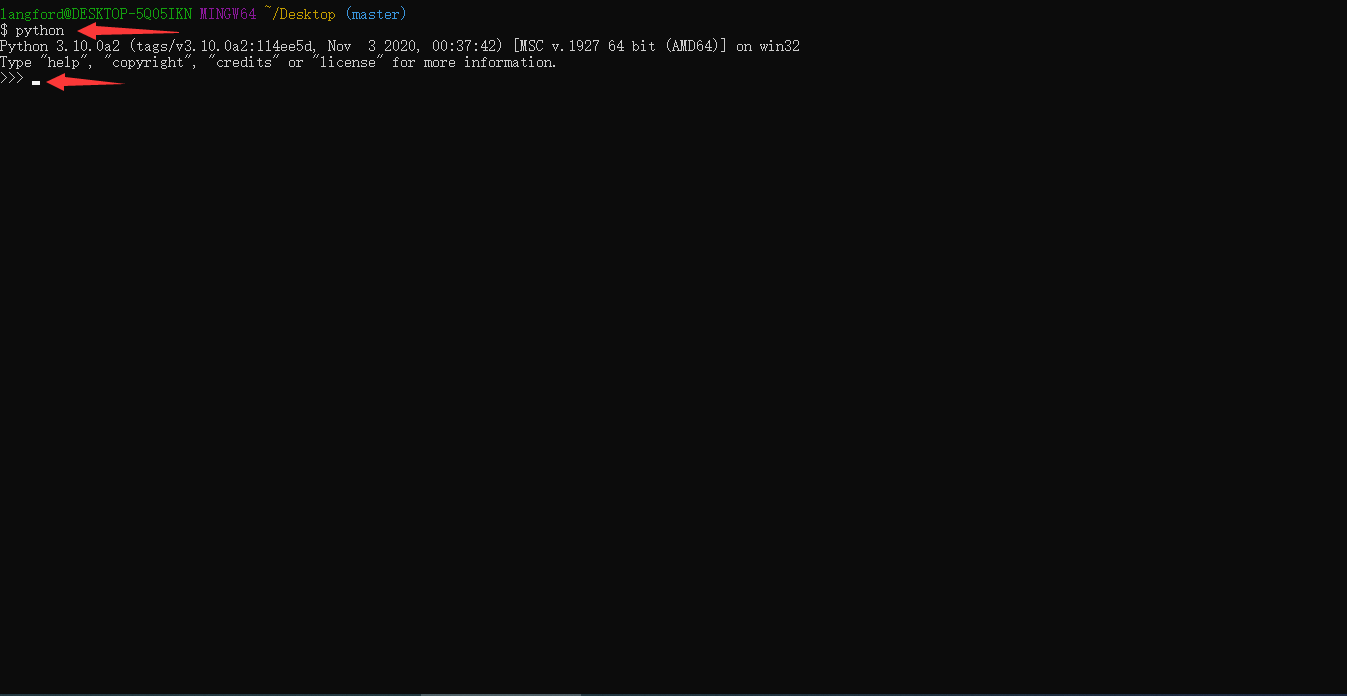
大家看到的script中的换行好像在git bash中很难实现,其实只要正确的输入相应的指令,例如
>>>from opeartor import mul
>>>def square(x):
return mul(x, x)
但如果你正确输入了相关指令,再摁下回车键后,你会发现git bash中出现的不是>>>,而是...,如下图:
现在我们再来回看几个在开始编写程序时容易出现的问题:
1.注意是def不是define!!!与我们在编写scheme时是完全不一样的。
2.注意def后要加:,且一定是英文的。
3.注意缩进,python因为没有像scheme中的括号以及c或c++中的;所以它的各种语句辨识都靠缩进,一般来讲一个函数在跳入下一级定义时需要缩进,也就是常说的Tab键,是四个空格。
SICP提交作业方法
python版SICP最大的改进就是它的自动审批作业系统,我们在CS61a官网上按照课程表下载相应的lab与hw文件,不用联网就可以自动检测自己的作业以及lab是否正确,该系统叫做ok。现在介绍windows系统下的ok系统的具体使用方法。
请在电脑中预先安装Git,有关Git的介绍在另一篇博客上。在安装选项时除了图示选项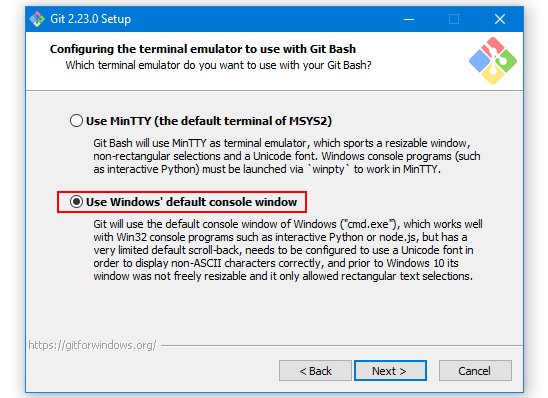
其余选项都可以使用默认。
hw的批改方法
每一次的hw作业都会在课程网站上有一个相应的压缩文件可供下载,建议建立一个属于CS61a的文件夹方便管理。在相应网站上都会有一行相应的命令用于作业检查(忽略作业提交指令,只有拥有伯克利大学账号的同学才可以提交)我们以hw01为例,如图
进入课程主页找到hw01
进入后可以下载相应压缩文件并解压
文件中包含我们的作业代码(忽略其他,只关注我们的作业代码即可),运用编辑器打开作业代码并根据网站上的作业要求完成作业,此时我们回到网站,我们会发现在每一道题的后面都会有检查指令,可是该检查指令该怎样使用呢?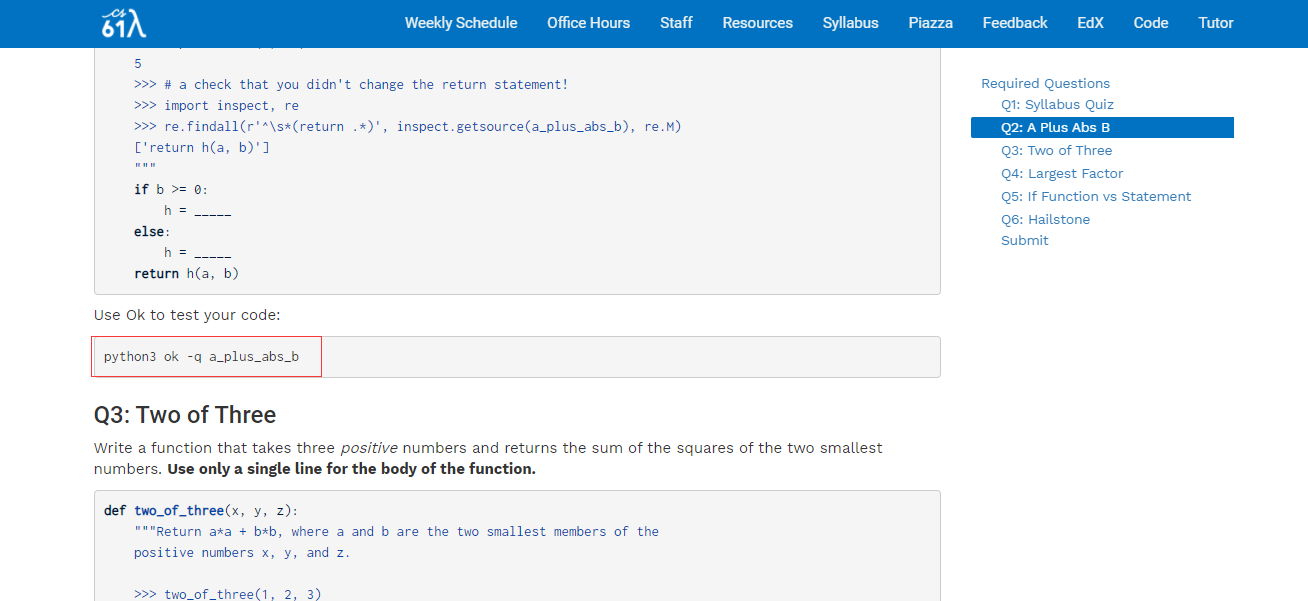
回到我们储存作业的文件夹,鼠标右键,你会发现选项中多了Git Bash here这个选项(注意!!!一定是要在该文件夹内部鼠标右键!!!)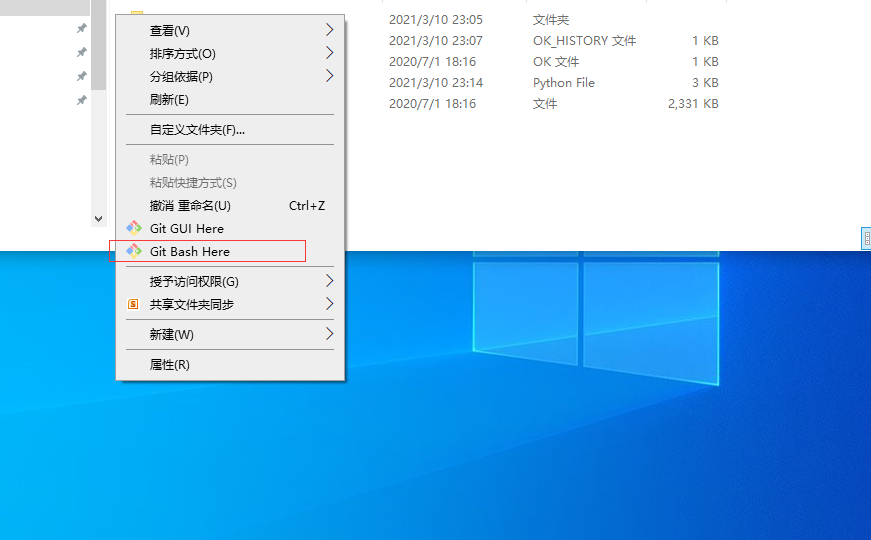
我们使用从网站上拷贝下来的指令后加--local输入进git bash中就会启动ok程序对我们写的代码进行批改。注意,在命令的最后添加local的意思是将所写代码仅在本地进行校验,而不将其上传,如果忘记添加则系统会要求输入邮箱,十分麻烦。
而如果错误系统也会显示相应的错误类型,方便纠错。
总结
提交相应某一问题时只需要在相应位置打开git bash输入指令python ok -q <name> --local其中<>中的内容需要在课程网站上查询,或者在代码中查看,每一道题都有相应的名称,如果想要一次性全部验证只需要输入python ok即可(由于python版本的差别,该指令的第一个单词可以是python python3 py此项依据python版本而定)
lab的批改方法
lab共分为两个部分,课堂部分以及课下练习,其中课下联系的部分与hw相同,需要首先在lab中下载压缩文件,打开压缩文件中的lab01.py(借用第一次实验为例)根据注释中的相关要求,完成代码,并借助代码中的题目名称进行ok校验即可。
lab线上课程的操作方法则较为简单在相应的文件夹中git bash here,根据网站上直接输入网站上的指令就可以开始答题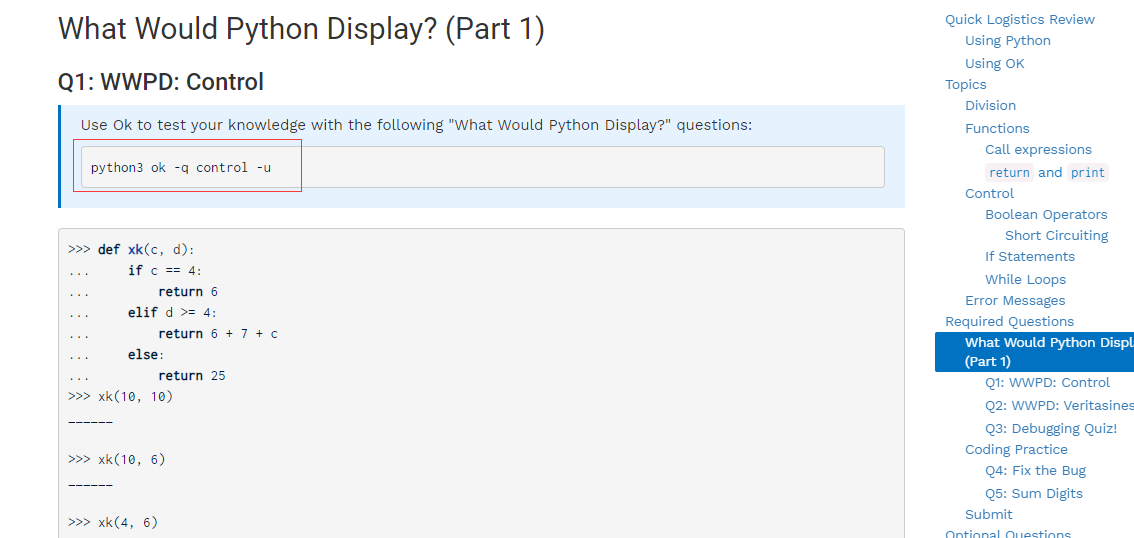
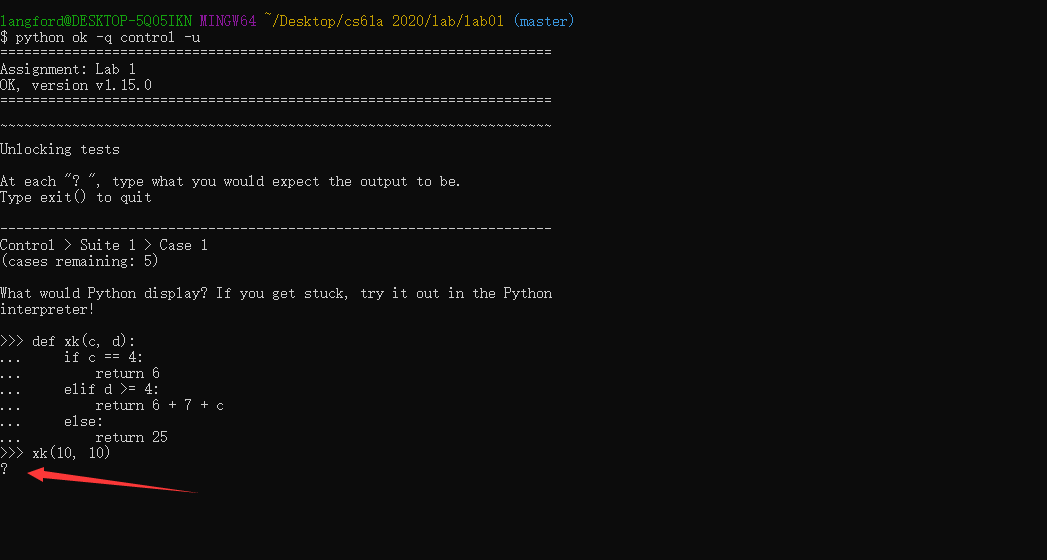
在?处输入相应的答案即可。
(新补充)关于check import error
在后续作业中会有部分题目中存在字符串检查的doctest,它在启动ok程序后会调用同文件夹下的另一个代码文件construct_check.py在极个别情况下,下载作业压缩文件时会导致该文件为空或者丢失,此时在ok检查时无论如何都会有错误import error,解决方法仅需要将相关文件补齐即可。代码如下:
1 |
|
纯函数以及非纯函数
纯函数
在python终端中调用abs函数
>>> abs(-2)
2
我们说abs是一纯函数,它有一个input返回一个output,只要input相等,output一定是相等的。
非纯函数
python中的函数print是一个典型的非纯函数,我们在终端输入
>>> print(1,2,3)
1 2 3
你可能会开始纳闷,只要输入1,2,3它返回的不应该都是相同的结果吗?为什么它不是纯函数呢?想到这里可以说明你已经掌握了纯函数的奥义了,但请不要急,接着往下看。
请尝试以下输入
>>>print(print(1),print(2))
1
2
None None
你会发现,结果与你预想之中的不一样,多了两个None,我们现在来揭晓答案,print函数不论接收任何输入,其返回值都是None,该值在python中表示无,没有。而你的屏幕上显示的东西是print函数的功能:即在屏幕上打印出所输入的值。但是请十二万分的注意,它只是把东西打印在了屏幕上,其本身什么数值都没有返还!所以它是一个彻头彻尾的非纯函数。
上述例子中,括号内第二个和第三个print只是老老实实地把你交给它的数字打了出来而已,而第一个print也只是老老实实的把收到的两个print返回的None打印了出来而已。
我们再来看一个例子
>>>two = print(2)
2
>>>print(two)
None %有些人会报错
第一个式子中print接收到2,于是老老实实的把2打印了出来,而第二个例子中因为two没有给print赋予任何的数值,print会返回None,而新版python的interpreter会把two当成没有定义的函数,从而报错。
参考资料
本文基于加州伯克利大学CS61a2020年春季公开资料写成,目的在于帮助他人更好的使用相关资源,以上仅为本人经验总结及学习回顾,详细资料请自行访问加州伯克利大学CS61a课程官网https://inst.eecs.berkeley.edu/~cs61a/archives.html,如果对ok有什么问题请查阅https://cal-cs-61a-staff.github.io/ok-help/